Federation of Agents
A semantics-aware fabric for coordinating large, heterogeneous AI agents. This paper introduces Federation of Agents (FoA), a framework for distributed orchestration of AI agents that replaces static, hand-wired agent pipelines with capability-driven collaboration. Each agent (or tool/service) publishes a machine-readable Versioned Capability Vector (VCV) describing what it can do, its cost, and limits. When a task arrives, FoA uses semantic routing-querying a sharded HNSW index of these capabilities under budget and policy constraints, to pick the right mix of agents. The system then jointly decomposes the request into a DAG of subtasks, groups similar workers into temporary collaboration clusters for a few refinement rounds, and synthesizes the results. A lightweight MQTT pub/sub layer keeps components decoupled and scalable. Reported experiments on HealthBench show large gains versus single-model baselines (up to 13x), with the clustering/refinement loop especially helpful on multi-step reasoning. Overall, FoA turns “who can do what, under what constraints?”” into a searchable substrate, enabling platforms to scale horizontally while balancing quality, latency, and cost.
In Summary :
- What it is : A semantics-aware coordination layer that routes tasks by agent capabilities rather than fixed roles.
- How it works : VCVs → semantic routing over sharded HNSW → task DAG → clustered refinement → final synthesis on an MQTT message bus.
- Why it matters : More reliable outcomes on complex, evolving workflows and better use of diverse tools/models at scale.

